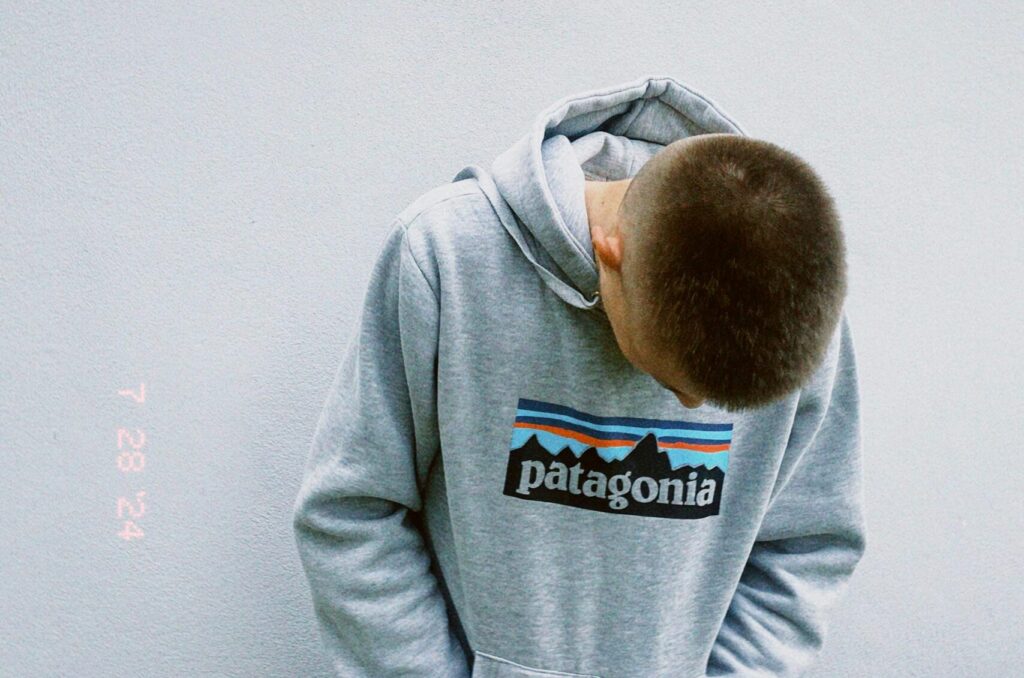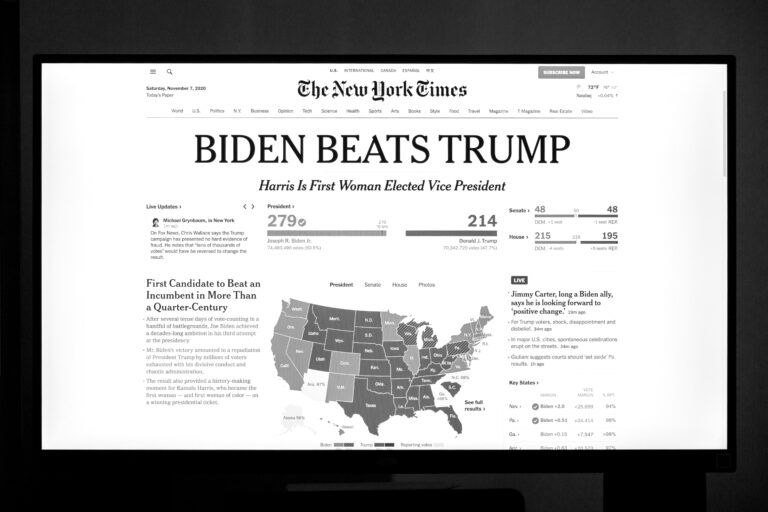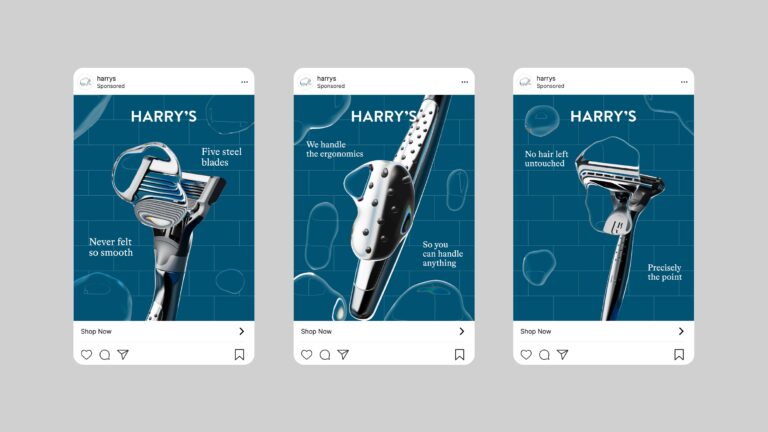
In the world of consumerism, where brands push for more sales, Patagonia did something radical — it told its customers not to buy its product. The now-famous “Don’t Buy This Jacket” campaign is a fascinating case of marketing that goes against the grain. This case study dives deep into Patagonia’s bold messaging, its impact on brand perception, and what marketing students can take away from it.
1. Setting the Context: Who is Patagonia?
Founded in 1973 by climber Yvon Chouinard, Patagonia is an outdoor apparel brand known for its environmental activism. More than just selling gear, Patagonia positions itself as a company with a mission — “We’re in business to save our home planet.”
The brand has committed 1% of its sales to environmental causes and was one of the first to use recycled materials in outdoor clothing. By 2011, it had established itself as a sustainability leader in the apparel industry.
2. The Bold Move: Launching “Don’t Buy This Jacket”
On Black Friday 2011, Patagonia ran a full-page ad in The New York Times with a picture of its R2 jacket and a provocative headline: “Don’t Buy This Jacket.”
The ad urged consumers to think twice before making purchases — especially new ones — and highlighted the environmental cost of producing the jacket:
- 135 liters of water used in production
- 20 pounds of CO2 emitted
- 2/3 pound of waste generated
Instead of pushing for more sales, Patagonia encouraged repair, reuse, and recycling of clothing — including their own products. It was a call for conscious consumption, not impulsive buying.


